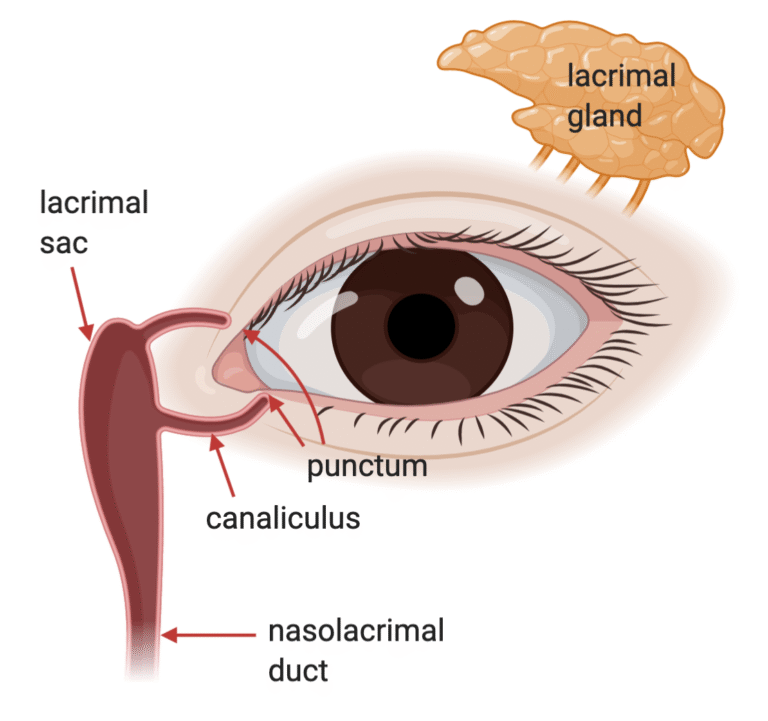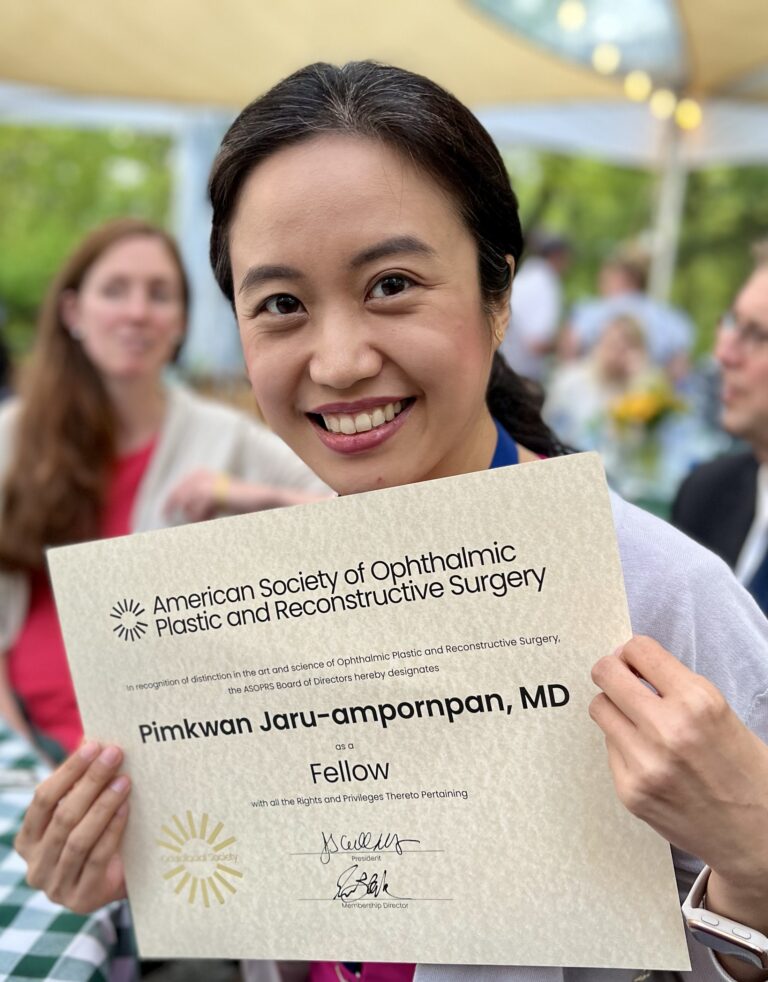Why Do Babies’ Eyes Water?
Tears keep a child’s eyes healthy and comfortable. Normally, tears drain through a small system in the inner corners of the eyelids into the nose. In some babies, this system is not fully open at birth, leading to a blocked tear duct.
What Causes a Blocked Tear Ducts?
Around 7% of newborns are born with a blocked tear duct. This is usually due to a thin membrane at the bottom of the duct that prevents tears from draining properly. As a result, tears overflow and run down the cheeks.
Symptoms may include:
- Constant watery eyes or tears on the cheeks
- Mucus or yellowish discharge
- Redness or irritation of the eye
- Swelling near the inner corner of the eye
Sometimes, stagnant tears can cause infection. While a blocked tear duct is the most common cause of tearing in babies, other eye conditions may cause similar symptoms. Therefore, an eye specialist should examine your child to confirm the diagnosis.
Treatment Options
- Conservative treatment (first year of life):
- Gentle massage over the tear sac area a few times a day
- Antibiotic drops or ointment if there is discharge
- Most cases clear up naturally by age one
- Probing procedure (if blockage persists):
- A thin metal probe is gently inserted to open the tear duct
- Done as a short outpatient procedure, either in the office or operating room
- Other treatments (for persistent cases):
- Balloon dilation to widen the duct
- Temporary silicone stent placement
- Rarely, surgery to create a new tear drainage pathway
Risks and Prognosis
Complications are rare. Some children may experience mild swelling, bruising, or recurrence of blockage, but most respond well to treatment.
Summary
Blocked tear ducts are common in infants and often resolve naturally. If needed, simple procedures such as probing or stenting usually provide quick relief. An oculoplastic surgeon will recommend the most appropriate treatment for your child.




